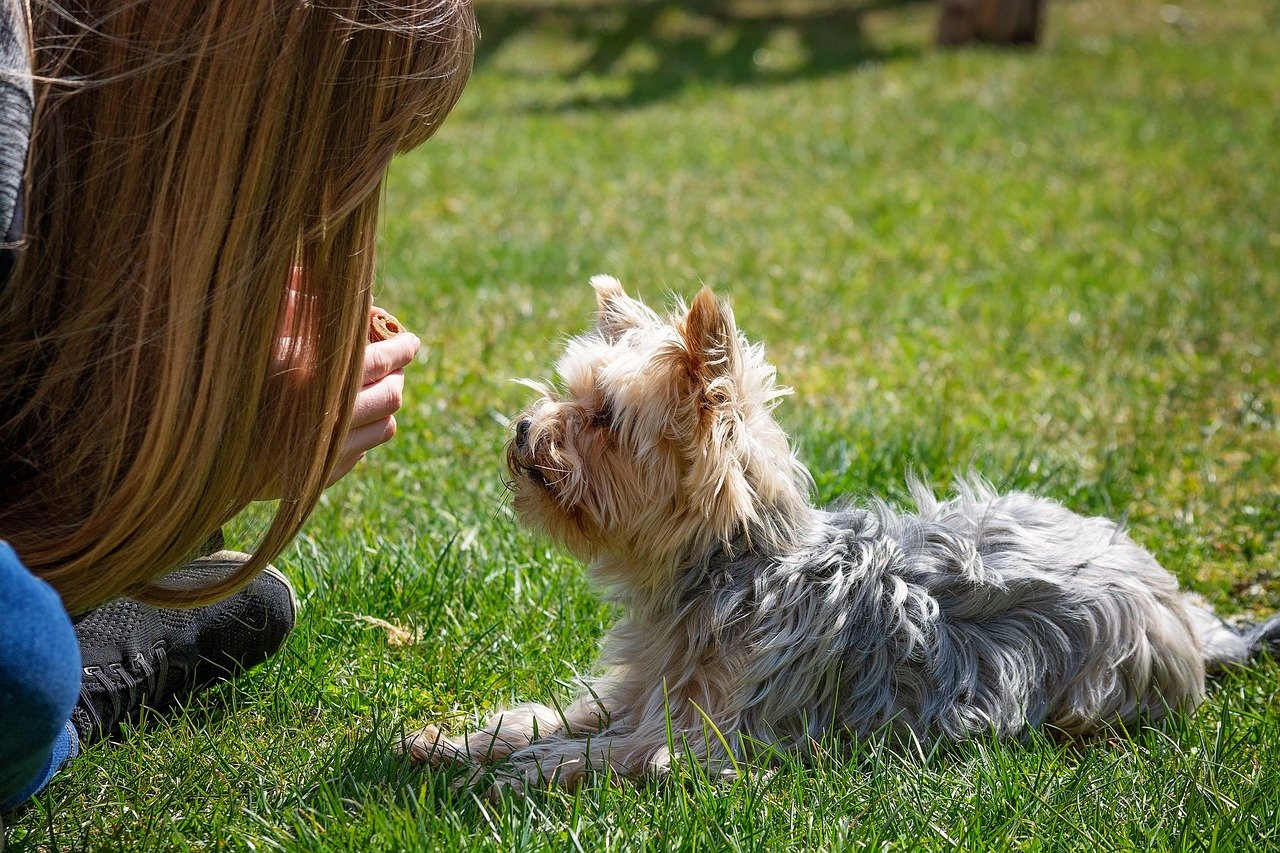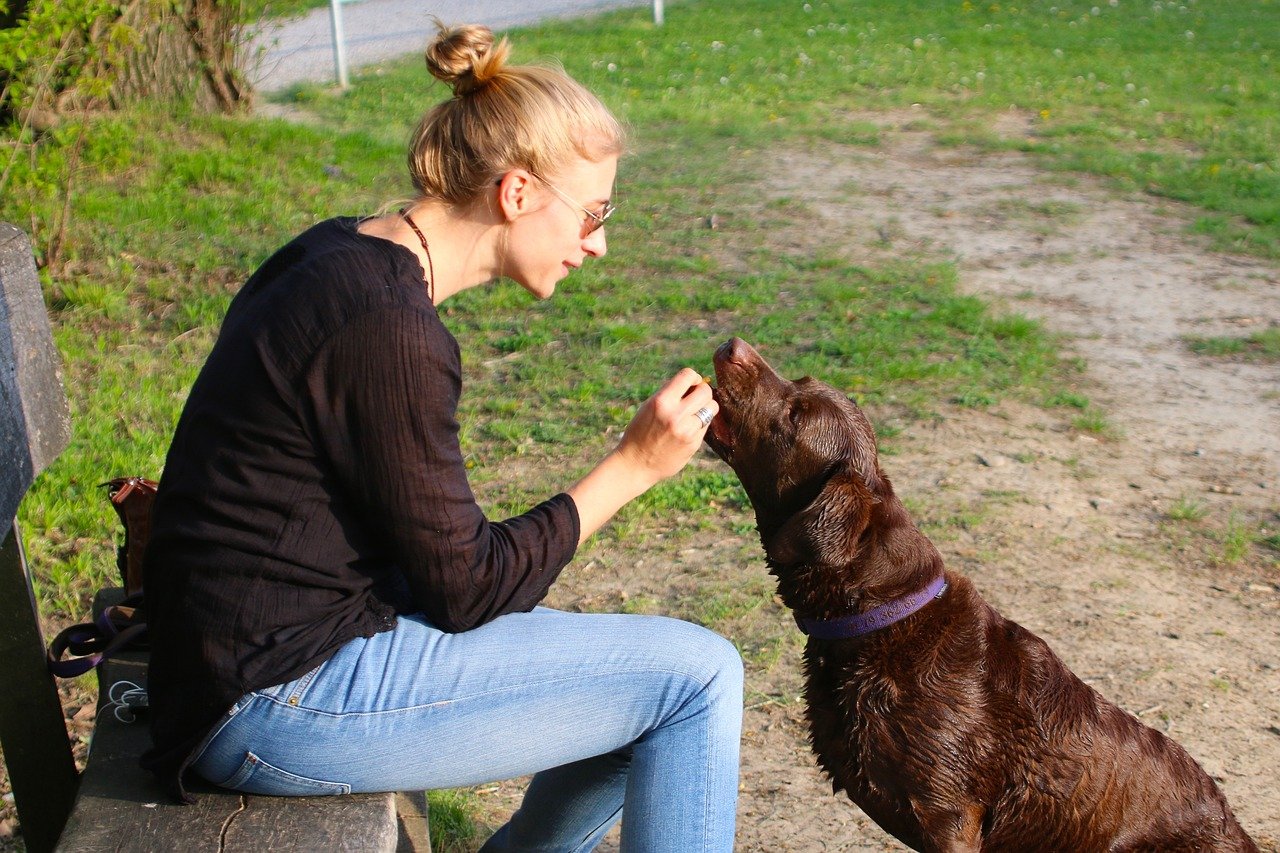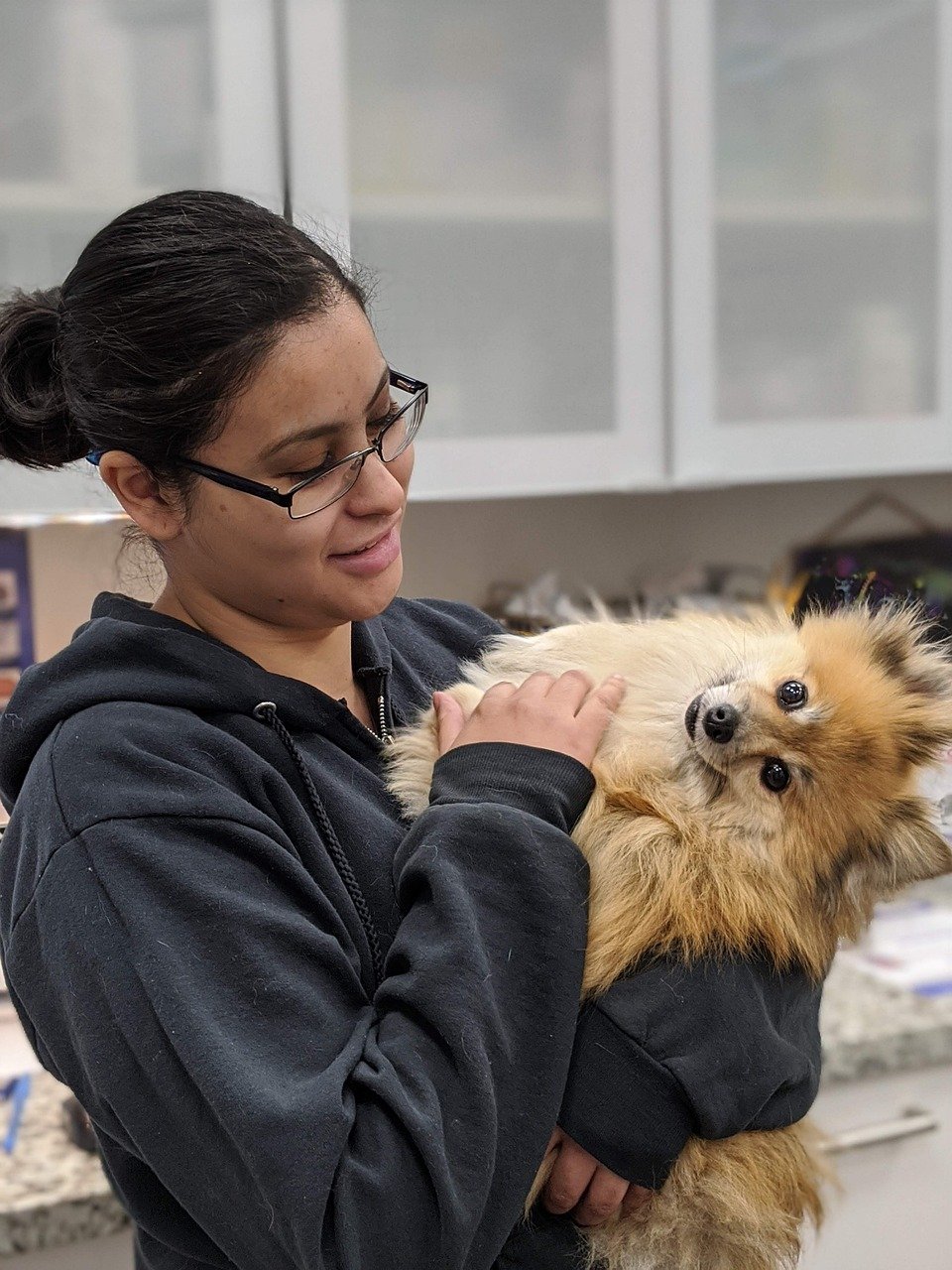Every dog owner knows the joy and companionship a furry friend can bring. But what happens when this friendship is marred by behavior problems? Imagine coming home to chewed-up shoes, incessant barking, or unexpected aggression. It’s frustrating, right? But fear not, because understanding and managing your dog’s behavior can transform your relationship and bring peace back into your home. Explore these 15 strategies to help you and your dog live harmoniously.
Understanding Your Dog’s Behavior

Even the most lovable dogs can sometimes develop behavior issues that leave their owners feeling frustrated or confused. From excessive barking and leash pulling to chewing, digging, or aggression, these challenges often stem from underlying needs or miscommunication. The good news? With patience, consistency, and the right tools, you can turn things around. Understanding your dog’s behavior is the key to guiding them toward better habits and a happier life.
Before diving into solutions, it’s essential to understand why your dog behaves the way it does. Dogs, like humans, have emotions and needs. They bark, chew, or dig due to boredom, anxiety, or even fear. Observing when and where these behaviors occur can provide clues. For instance, does your dog bark when you leave the house? This might be separation anxiety. Or perhaps they chew furniture when bored. Recognizing these patterns is the first step in addressing the root cause, rather than just the symptom.
Consistency is Key

Consistency is crucial when training your dog. Imagine trying to learn a new language where the rules change every day. Confusing, right? Similarly, dogs thrive on routine and clear expectations. If you allow your dog on the couch one day and scold them the next, they’ll be puzzled. Establish clear rules and stick to them. Consistency helps your dog understand what’s expected, making it easier to manage their behavior over time.
Positive Reinforcement Training

Positive reinforcement is a powerful tool. Instead of punishing bad behavior, reward the good. This approach encourages dogs to repeat desired actions. For example, if your dog sits quietly while you eat, offer a treat or praise. Over time, they’ll associate good behavior with rewards. This method not only fosters better behavior but also strengthens the bond between you and your pet, making training a joyous experience for both.
Engage in Regular Exercise
A tired dog is a well-behaved dog. Exercise is vital for your dog’s physical and mental health. Lack of exercise can lead to pent-up energy, resulting in undesirable behaviors like excessive barking or chewing. Regular walks, play sessions, or even agility training can help burn off excess energy. Tailor the exercise to your dog’s breed and age. For instance, a Border Collie might enjoy a game of fetch, while a Basset Hound might prefer a leisurely walk.
Socialization is Essential
Socialization is crucial for a well-adjusted dog. Exposing your dog to different environments, people, and other animals can reduce fear and anxiety. A well-socialized dog is less likely to react aggressively or fearfully in new situations. Start socializing your puppy early, but remember, it’s never too late for older dogs. Gradually introduce them to new experiences, ensuring each encounter is positive and rewarding.
Provide Mental Stimulation
Dogs need mental challenges just as much as physical ones. Without mental stimulation, dogs can become bored and may resort to destructive behavior. Puzzle toys, interactive feeders, or even teaching new tricks can keep their minds sharp. Consider rotating toys to keep things fresh and exciting. A mentally stimulated dog is a happy dog, reducing the likelihood of unwanted behaviors.
Establish Clear Boundaries
Setting boundaries is essential for a harmonious household. Dogs need to know what’s allowed and what’s not. For instance, if you don’t want your dog on the bed, be firm and consistent. Use commands like “off” or “down” to guide them. Remember, boundaries aren’t about being harsh but about providing structure. Clear boundaries help your dog feel secure, knowing what to expect in different situations.
Addressing Separation Anxiety
Separation anxiety is a common issue among dogs. Symptoms include excessive barking, destructive behavior, or even accidents in the house when left alone. To ease this anxiety, start by leaving your dog alone for short periods, gradually increasing the time. Provide comfort items like a favorite toy or a piece of your clothing. Over time, your dog will learn that being alone isn’t something to fear, reducing anxiety-driven behaviors.
Use of Calming Techniques
Some dogs are naturally anxious or fearful. Calming techniques, such as using a Thundershirt, playing soothing music, or applying dog-safe calming sprays, can help. These methods can be especially useful during stressful situations like thunderstorms or fireworks. Remember, every dog is different, so it might take a bit of experimentation to find what works best for your furry friend.
Consult a Professional Trainer

Sometimes, despite our best efforts, managing a dog’s behavior can be challenging. In such cases, consulting a professional dog trainer can be invaluable. Trainers have the expertise to address specific issues and can offer personalized advice. Whether it’s aggression, fear, or simple obedience training, a professional can provide the guidance needed to turn things around.
Regular Veterinary Check-ups

Behavioral changes can sometimes be linked to health issues. Regular vet check-ups ensure your dog is in good health. Pain, discomfort, or underlying medical conditions can manifest as behavioral problems. For example, a dog in pain might become aggressive or withdrawn. By ensuring your dog is healthy, you can rule out medical causes for behavior issues, allowing you to focus on training and management.
Understanding Breed-Specific Traits
Different breeds have different behavioral traits. For instance, a Beagle might be more prone to barking due to its hunting background, while a Labrador might be more energetic. Understanding your dog’s breed-specific traits can provide insight into their behavior. This knowledge allows you to tailor your training and management strategies, ensuring they align with your dog’s natural instincts and tendencies.
Patience and Persistence
Managing a dog’s behavior requires patience and persistence. Remember, change doesn’t happen overnight. Celebrate small victories and remain consistent in your approach. If your dog relapses or has a bad day, don’t be discouraged. Like humans, dogs have off days too. Stay committed, and over time, you’ll see positive changes in your dog’s behavior.
Using Technology to Assist

In today’s digital age, technology can be a helpful ally in managing your dog’s behavior. There are apps designed to track your dog’s habits, monitor their health, or even provide training tips. Additionally, devices like pet cameras can help you keep an eye on your dog when you’re not home. These tools can offer insights into your dog’s behavior, helping you make informed decisions about training and management.
Celebrate and Bond with Your Dog
Lastly, remember to celebrate the bond you share with your dog. Managing behavior problems is as much about building a strong relationship as it is about training. Spend quality time with your dog, enjoy play sessions, and shower them with love. A happy, loved dog is more likely to exhibit positive behavior. In the end, the journey of managing behavior problems can strengthen the bond between you and your furry friend, making the effort truly worthwhile.
By understanding and implementing these strategies, you can transform your dog’s behavior and deepen the bond you share. Which strategy will you try first to bring harmony back to your home?
Jen is a passionate nature lover and ocean conservationist. She has dedicated her life to protecting the environment and preserving the beauty of the natural world. Growing up in a small coastal town, Jen sincerely appreciated the ocean and its inhabitants. She has spent countless hours exploring the shoreline, learning about the creatures that inhabit the waters, and advocating for their protection. Jen is an active member of ocean conservation organizations, and she is committed to educating the public about the importance of conserving wildlife and the natural environment.





